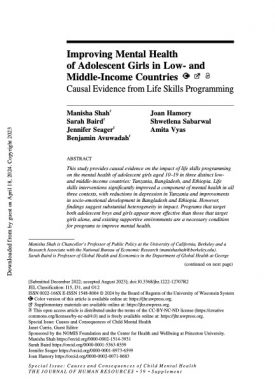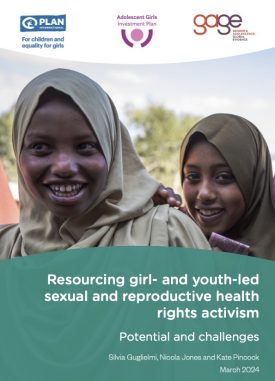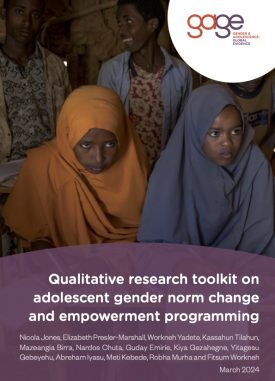In Nepal, a complex set of interrelated social and structural barriers contribute to girls’ greater dropout, especially when they reach secondary school. These barriers include restrictions on girls’ movement during menstruation and lack of access to menstrual supplies due to taboos. These barriers not only prevent girls from attending school consistently, but also result in lower performance in exams compared to boys. Son preference is also widespread, which means that families are less likely to invest in their daughters’ education – particularly in poorer communities that rely on agricultural production, with which girls can help. Early marriage and pregnancy are also correlated with girls’ school dropout rates. Girls do not tend to marry while still studying, but because many families encourage early marriage, even in childhood, girls may come under pressure to leave school to do so.
These issues present a number of challenges for development interventions concerned with promoting adolescent girls’ retention and performance in school. Drawing on data from research in Nepal, this policy note explores how a gender equitable school index for secondary schools could inform a multifaceted approach to developing the policies, programmes and infrastructure necessary for adolescent girls to stay in school – and reap the benefits it can provide, for themselves and their families.
Suggested citation
Bergenfeld, I., Jackson, E. and Yount, K. M. (2019) ‘A gender-equitable school index for secondary schools in Nepal and beyond.’ Policy Note. London: Gender and Adolescence: Global Evidence. (https://www.gage.odi.org/publication/a-gender-equitable-school-index-for-secondary-schools-in-nepal-and-beyond/)


